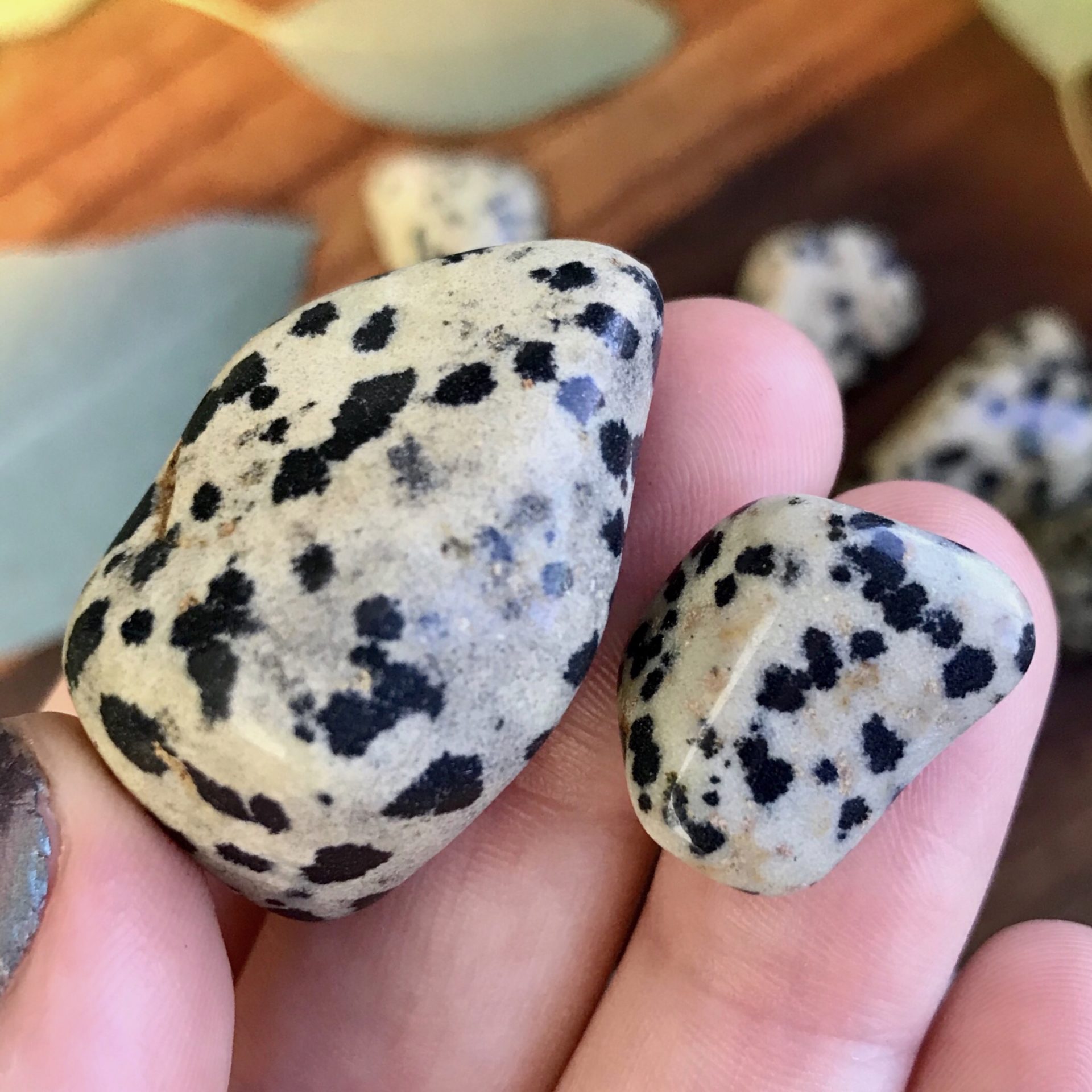

The good stuff comes from Mexico”Īs I poked around, I realized that not many people seemed to have any idea of what it was. Go poke around near continental shelves to find it. I had actually assumed that would be the end of it for this article: “It’s not a jasper, it’s just diorite. It was obviously different than the stuff washing up on Santa Barbara beaches, but not by much.ĭiorite is comprised of plagioclase feldspar, biotite, and hornblende with a smattering of other minerals found on occasion. Diorite is a coarse-grained stone with a composition that’s the same as the finer-grained andesite. Indeed, when chunks wash up on the beaches around where I grew up diorite was often called dalmatian stone. I had just assumed it was a diorite variant. It was still uniform in hardness, if a bit soft. Jaspers tend to have a certain look to the rough pieces and are a bit of a specialty for me. To my eyes, it’s never quite looked like a jasper but I never thought about it too much since I only ever cut a few pieces as custom cabochons when folks wanted it.

Think about rainforest jasper for a moment, it’s just a really nice rhyolite that cuts and polishes well, but you simply can’t convince many people it’s not actually a jasper. A lot of materials like this end up being called jasper for some reason. It polishes well, cuts without chipping, and is generally pleasant to work with as a lapidary material.


 0 kommentar(er)
0 kommentar(er)
